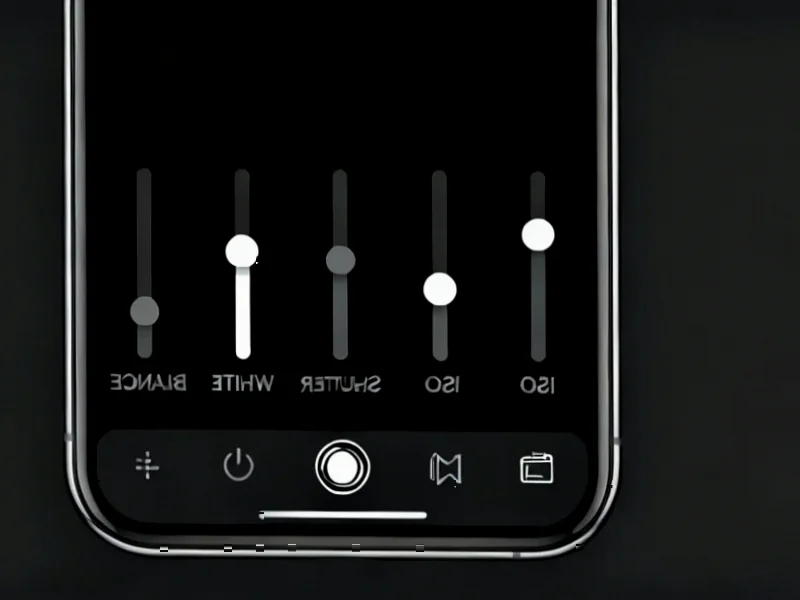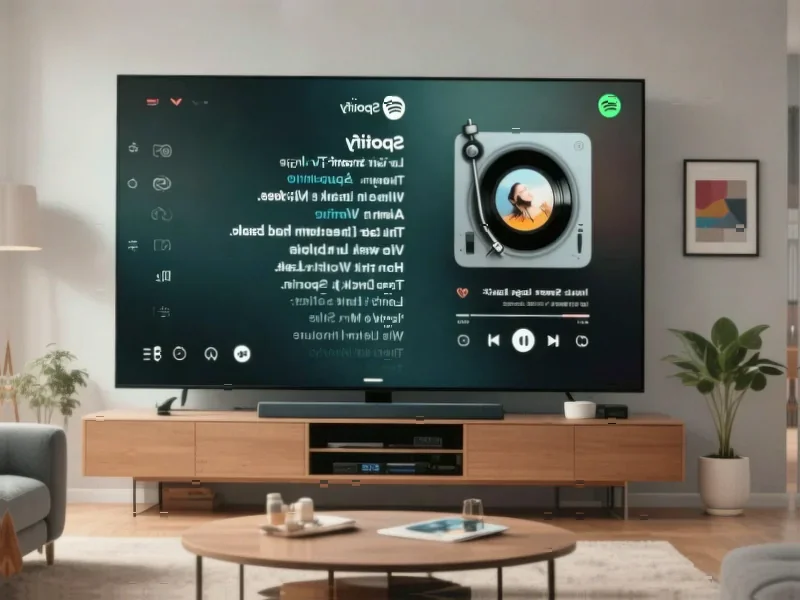According to SamMobile, Samsung is developing One UI 8.5 with a more polished user interface and numerous new features, though it remains uncertain whether the Galaxy M44 (also known as Galaxy Jump 3) will receive this update. The company plans to begin rolling out One UI 8.5 after the Galaxy S26 series launch, indicating a strategic timeline that prioritizes flagship devices before potentially extending software support to mid-range models. This development comes as Samsung continues to expand its software ecosystem across different price segments.
Software as a Mid-Range Differentiator
What’s particularly revealing here is Samsung’s increasing emphasis on software as a competitive weapon in the mid-range segment. Historically, manufacturers have treated software updates as an afterthought for budget and mid-range devices, focusing instead on hardware specifications. Samsung’s approach with the Galaxy M44 suggests a fundamental shift in strategy. By providing consistent software support to devices like the Galaxy Jump 3, Samsung is directly addressing one of the biggest pain points for mid-range smartphone buyers: software obsolescence. This move positions Samsung favorably against Chinese competitors who often struggle with timely software updates across their extensive product portfolios.
The Ecosystem Retention Play
The business rationale extends beyond immediate sales. Samsung’s software strategy for mid-range devices serves as a powerful customer retention tool. When users experience consistent software support on a mid-range Samsung device, they’re more likely to remain within the Samsung ecosystem when upgrading. This creates a virtuous cycle where software investment drives brand loyalty, which in turn justifies continued software investment. The timing is strategic too – as smartphone replacement cycles lengthen globally, manufacturers must find new ways to maintain engagement with users who hold onto devices for longer periods. Regular software updates become the primary touchpoint for maintaining that relationship between purchase cycles.
Competitive Dynamics in Emerging Markets
In markets like India, where the Galaxy M44 is positioned, this software strategy becomes particularly crucial. Chinese manufacturers have dominated the mid-range segment through aggressive pricing and hardware specifications, but Samsung is now countering with a more sustainable advantage: software reliability. By ensuring that even mid-range devices receive polished UI updates and new features, Samsung can command a slight price premium while building long-term brand equity. This approach also helps Samsung differentiate itself in markets where consumers are becoming increasingly sophisticated about software support expectations, especially as privacy and security concerns grow.
Future Implications and Challenges
The unanswered question about One UI 8.5 availability for the Galaxy M44 reveals the inherent tension in this strategy. Samsung must balance the cost of software development and testing against the potential benefits of extended support. As the company expands its mid-range portfolio, maintaining consistent software support across dozens of models becomes increasingly complex and expensive. The success of this strategy will depend on Samsung’s ability to streamline its software development process while maintaining quality. If executed well, this approach could reshape mid-range market dynamics globally, forcing competitors to match Samsung’s software commitment or risk losing market share to a more reliable software experience.




